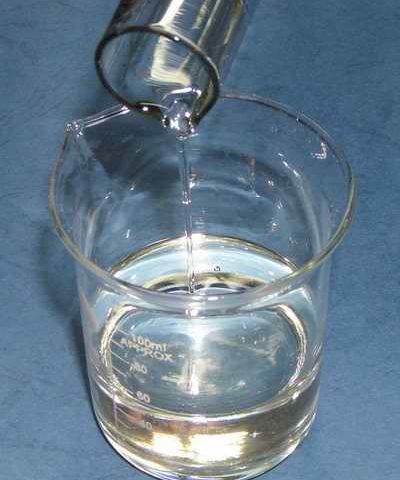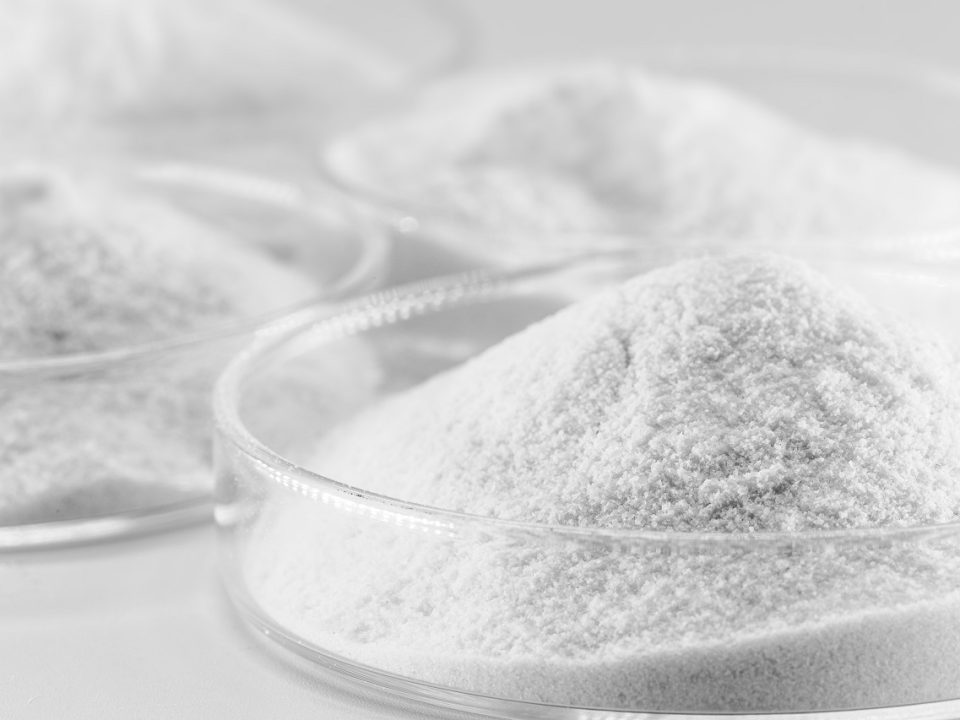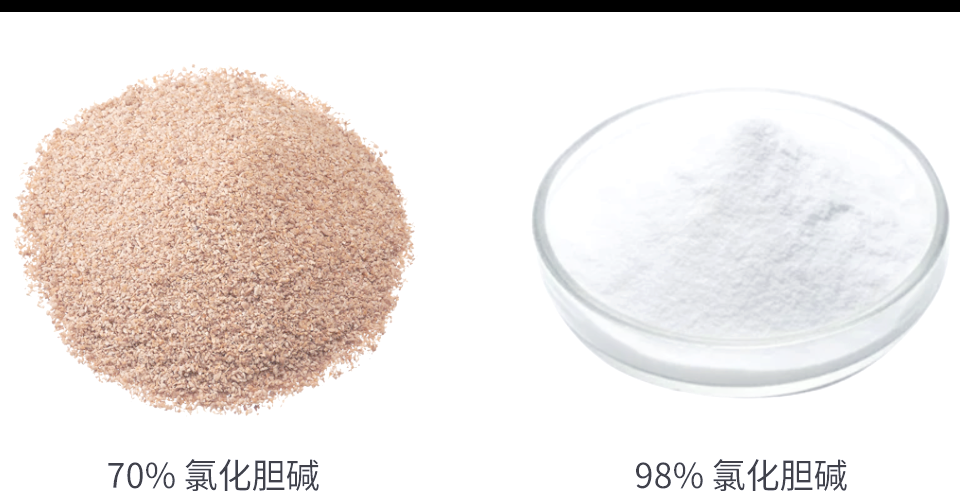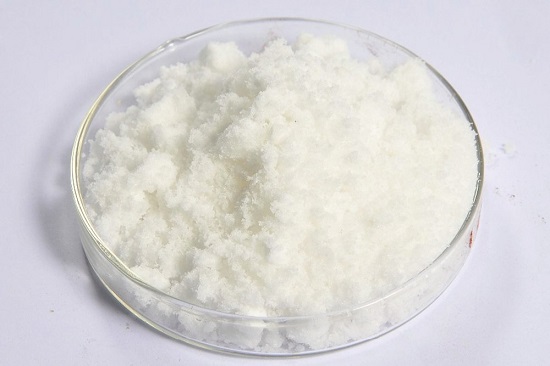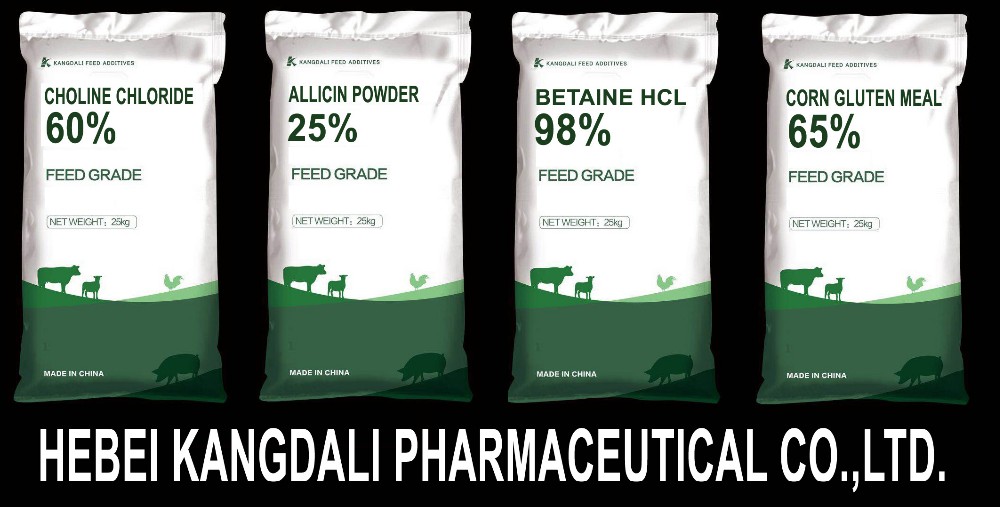difference between choline chloride and chlorine chloride?

choline chloride biodegradable Research
November 21, 2023
CHICKEN MEAL powder
January 11, 2024Choline chloride and chlorine chloride are both chemical compounds that contain chloride ions, but they are vastly different in terms of their chemical structures, properties, and uses. Understanding these differences requires a detailed exploration of each compound’s structure, properties, and applications.
Choline chloride, also known as 2-Hydroxy-N,N,N-trimethylethanaminium chloride, is a quaternary ammonium salt with the molecular formula (CH3)3N(CH2)2OHCl. It exists as white or deliquescent crystals and is highly soluble in water due to its ionic nature.
Choline chloride is a critical nutrient that plays an essential role in various physiological processes. It is a source of choline, which is a vital component of acetylcholine (a neurotransmitter), phosphatidylcholine (a major constituent of cell membranes), and is involved in lipid metabolism.
In terms of industrial applications, choline chloride is widely used as an additive in animal feed to promote growth. It is also used in the production of chemicals, pharmaceuticals, and in hydraulic fracturing (fracking) due to its properties as a clay stabilizer.
Chlorine Chloride
Chlorine chloride, also known as Chlorine monochloride, is a chemical compound with the formula Cl2O. It is a light brownish-yellow gas at room temperature that condenses to a dark amber liquid under increased pressure or decreased temperature. It has a pungent odor and is not soluble in water.
Chlorine chloride is primarily used as a chlorinating agent in chemical reactions. It is also used in the production of dyestuffs, pharmaceuticals, and various organic compounds. It is a strong oxidizer and can react violently with many organic substances.
Key Differences Between Choline Chloride and Chlorine Chloride
-
Chemical Structure and Composition: Choline chloride is a quaternary ammonium salt with a complex structure that includes nitrogen, hydrogen, and oxygen atoms, in addition to chlorine and carbon. On the other hand, chlorine chloride is a simple molecule consisting of two chlorine atoms and one oxygen atom.
-
Physical Properties: Choline chloride is a solid at room temperature and is highly soluble in water. In contrast, chlorine chloride is a gas at room temperature and is not soluble in water.
-
Biological Role: Choline chloride plays a vital role in biology as it is a source of choline, an essential nutrient for humans and animals. Chlorine chloride has no known biological role.
-
Industrial Applications: Both compounds find use in various industries, but for very different purposes. Choline chloride is primarily used as an animal feed additive and in fracking, while chlorine chloride is used as a chlorinating agent in chemical reactions and the production of various organic compounds.
-
Safety Aspects: Choline chloride is generally safe and is used as a dietary supplement. However, excessive ingestion can lead to side effects such as increased body temperature, excessive sweating, and gastrointestinal discomfort. On the other hand, chlorine chloride is a hazardous substance. It can react violently with many substances, and its inhalation or contact with skin and eyes can cause severe irritation or burns.
In summary, while choline chloride and chlorine chloride both contain chloride ions, they are fundamentally different in terms of their chemical structure, properties, and uses. Choline chloride is a complex organic compound with nutritional value and various industrial uses, while chlorine chloride is a simple inorganic compound used primarily as a chlorinating agent in chemical reactions.


